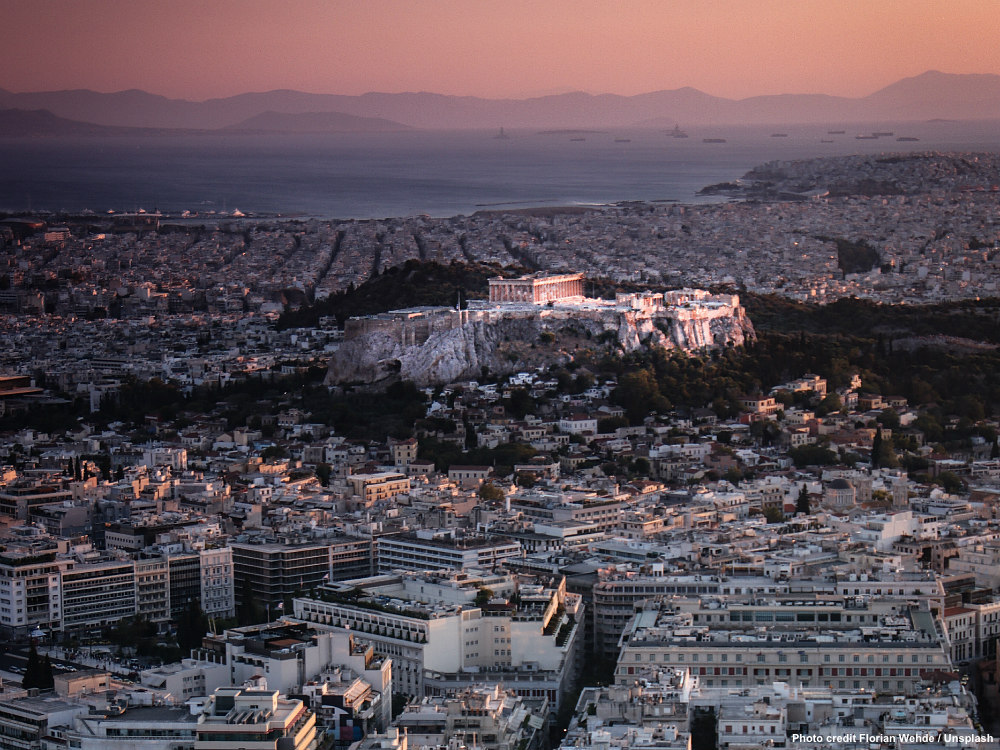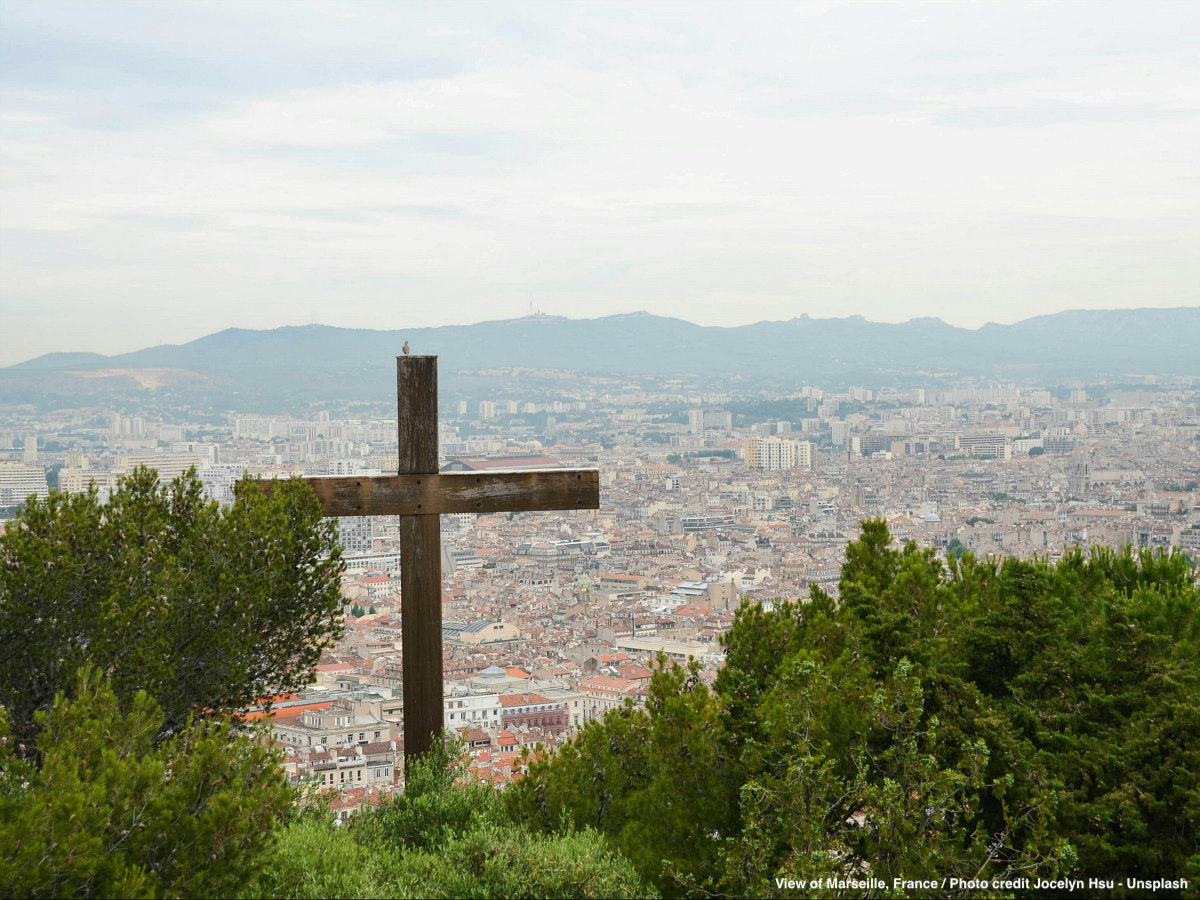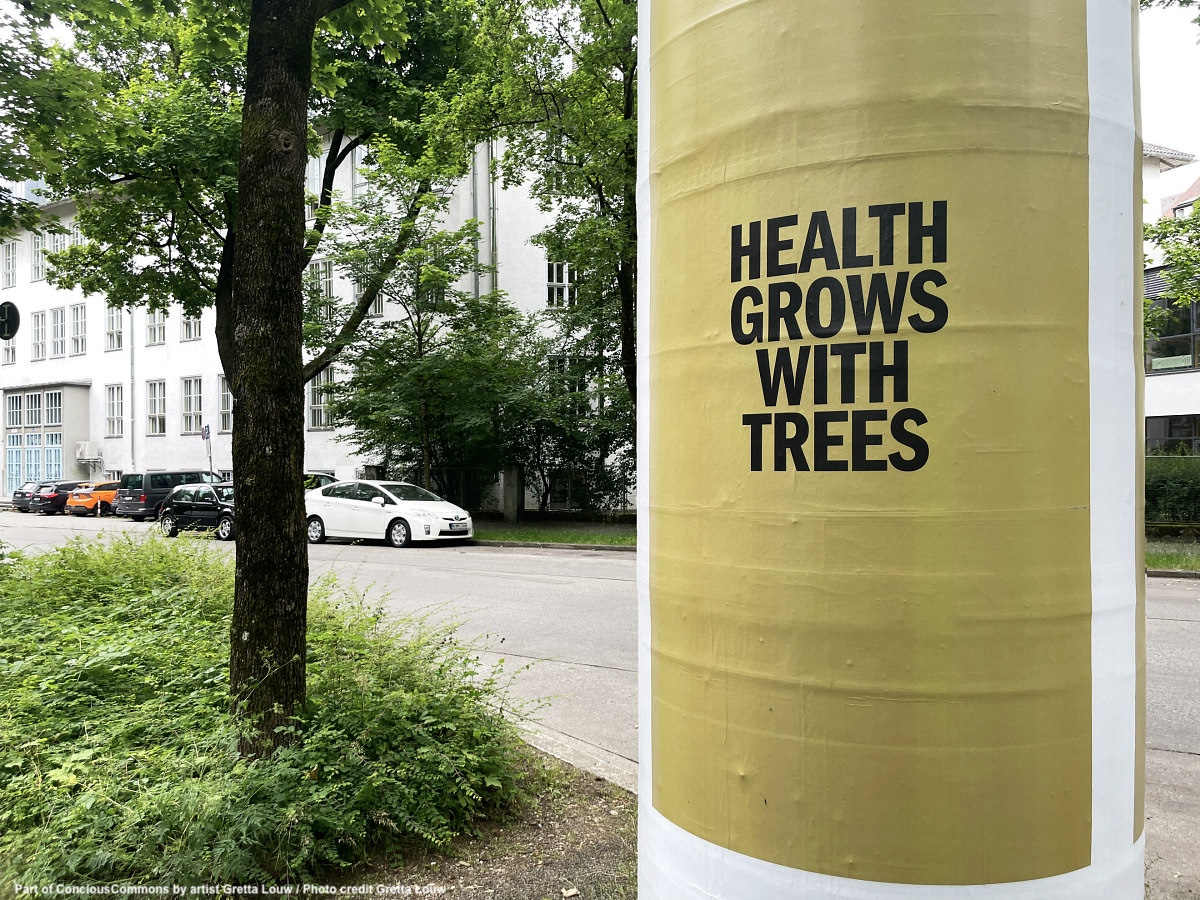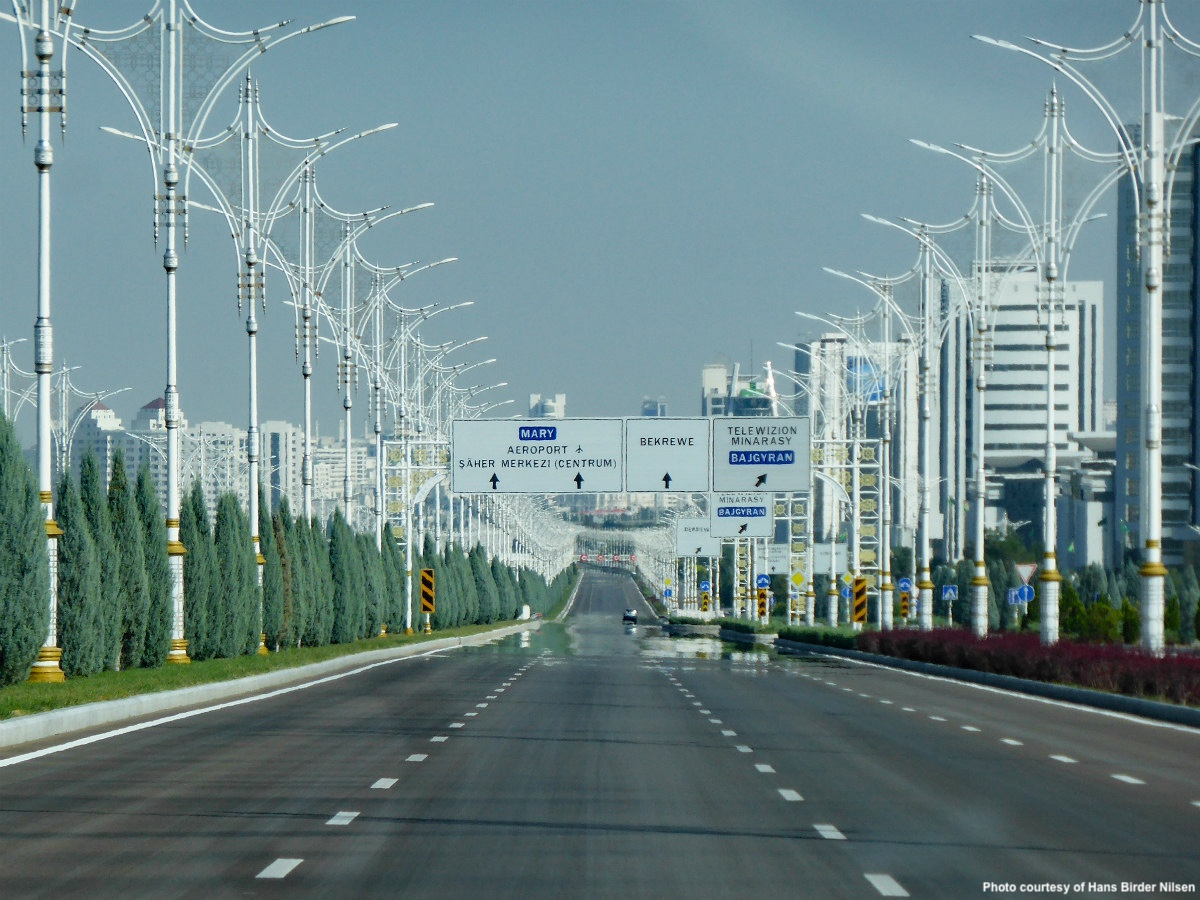No city landmark is comparable to the Acropolis in Athens. Its unhindered view to all citizens from almost every part of the city is considered “a public good.” The Acropolis is one of the main reasons why the cityscape of Athens isn’t congested with high buildings due to an old decree – passed less than a century after the Parthenon was completed – making it illegal for a private building to stand higher than a public one (with just a few exceptions, mostly of the dictatorship era).
Apart from the Acropolis hill which prevails, overall the essence of ancient Athens has been related to the human scale and the mild landscape of Attica. In addition, the lack of widespread technological knowledge of high buildings and their negative connotation of the dictatorship period deterred a conversation about height. However, this has began to change.
A few hundred metres south of this rocky hill, in a neighbourhood called Makriyanni, the case of a ten-story Coco-Mat hotel blocking the view to the Acropolis caused a long battle which the residents finally won. But two years later, the supposed imminent demolition of the hotel’s two upper floors is still open.
The development of this hotel started in 2018 under a new building law passed in 2012 during the Greece financial crisis to reinforce Greece’s fragile economy and tourism. This law allows the construction of high buildings in Athens over certain height codes as long as they comply with green standards. After protests unfolded in the neighbourhood and Makriyanni residents sued the company, the Central Archaeological Council claimed that the two floors were illegal. Unfortunately it reacted only when the hotel had already reached its final height, explains Irini Frezadou.
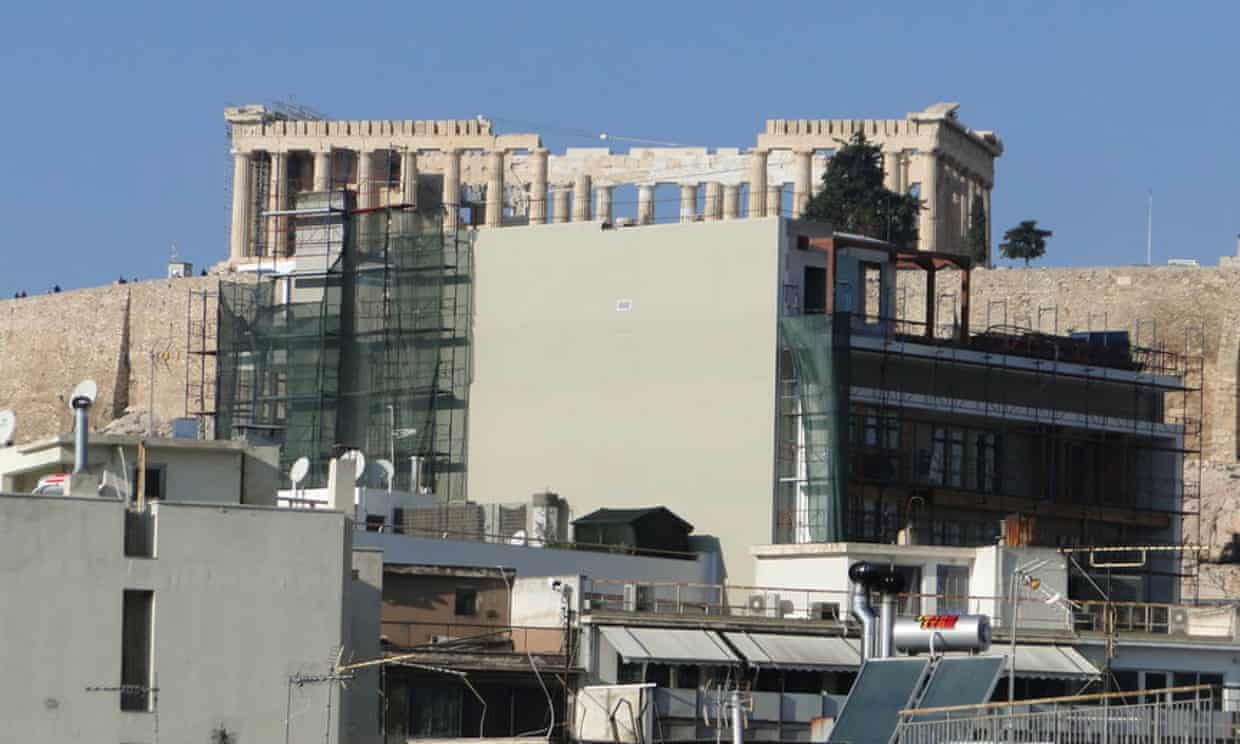
Frezadou is an architect trained in Switzerland and Germany and a local activist member of the board of ELLET (ELLINIKI ETAIRIA – Society for the Environment and Cultural Heritage), which actively fights for the cultural heritage, landscape and land uses under threat in Greece. An online petition organised by the Hellenic civil society, a grassroots movement of engaged residents of Makriyanni and ELLET, attracted nearly 50,000 signatures and secured a great victory in 2020. The Ministry of Environment was obliged (due to the decisions 2102/2019 and 2103/2019 of the Plenary Session of the Hellenic Council of State) to issue on 11 May 2020 a presidential decree setting a height limit of 21m (equivalent to six floors) for new buildings in Makriyanni. The final verdict by the Council of State, Greece’s highest legal body, confirms the demolition of the two upper floors of the hotel.
However, explains Frezadou, almost two years later, the necessary circular to the Municipality of Athens has not yet been submitted and illegal building permits (buildings taller than 21m) are still being issued. We are still waiting for the implementation of the demolition, states Frezadou.
A long way to fight lies ahead of us, says Frezadou. At ELLET, we continue campaigning for the prevention of the uncritical hotelisation of the historic Makriyanni district and the full protection of the urban and cultural environment of the Acropolis against high buildings in Athens.
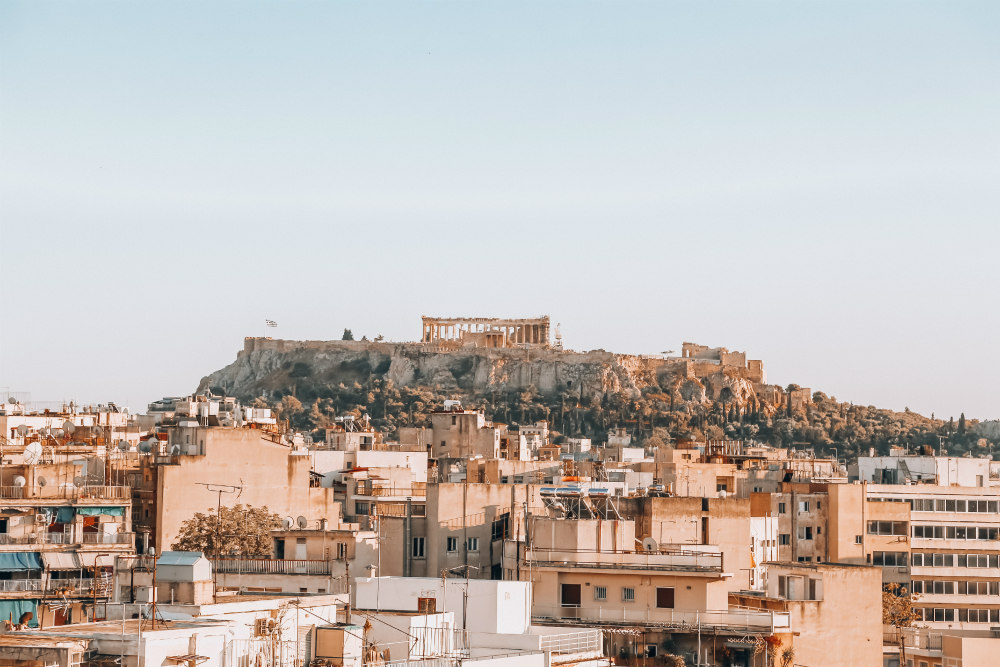
But do you think we have reached a point at which we have prevented once and for all similar view-blocking of the World Heritage hilltop site attempts? I interjected. Having witnessed the cultural heritage battlefield in a highly heterogeneous urban fabric like Athens, I am all the more interested in her reply. The Athenian landscape, a rich palimpsest, carries a plethora of past spatiotemporal materialities that render coexistence of various stakeholders and citizens even more difficult.
Certainly, says Frezadou, the protest sparked off opposition to any other similar attempt of high-rise building in the glorious 5th century site. But the city doesn’t seem to learn; it’s not easy to mention all the convoluted reasons why this was let to happen.
A quite similar case is the almost fifteen years old incident that emerged while the new Acropolis Museum was reaching the final construction stage and where ELLET was also involved. A group of people (members of the Government and a group of archaeologists and architects) claimed that the view to the Sacred Hill from the Acropolis Museum café was not supposed to be blocked by two protected Neoclassical and Art Deco buildings in Aeropagitou street, although every submission in the design competition for the museum assumed the buildings would remain and the proposals would adjust.
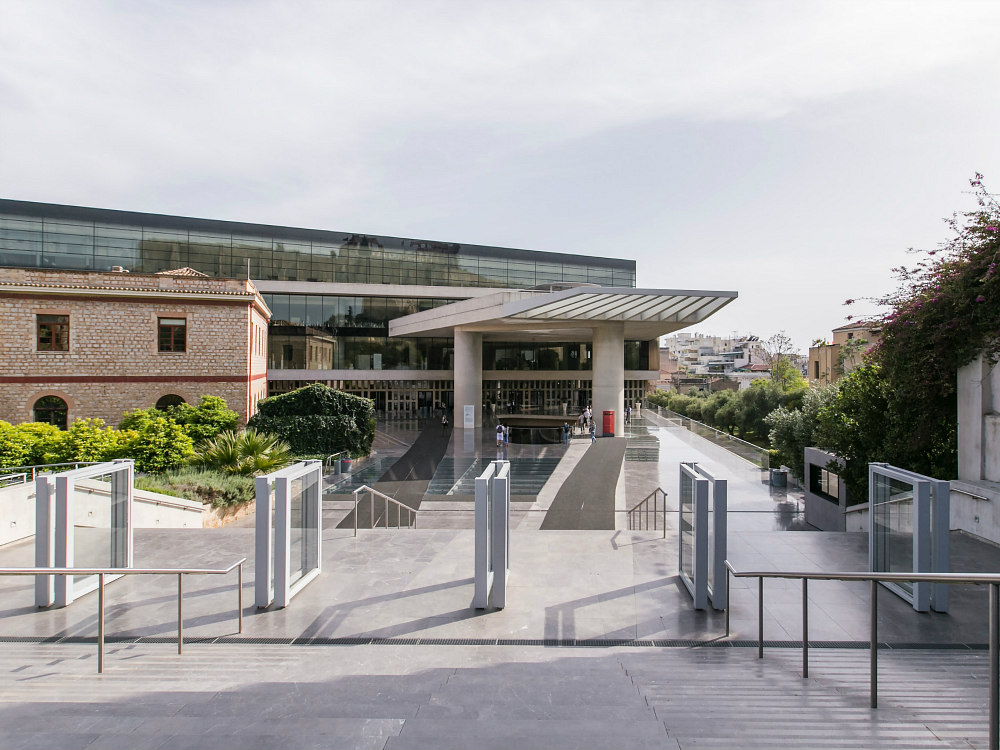
“The two buildings, although of great importance, hinder the desired unity between the monument and its new museum,” was the explanation of the ministry of culture behind their decision to demolish both buildings. The case also prompted opposition from around the world. After a two-year battle, the Council of State confirmed their protection.
Apparently, a continuous matter of disunity between sustainable development and built heritage in Athens is a common battlefield for the construction of contemporary buildings among historic ones: an issue that bears the danger of commercialization of the past by mass tourism and large-scale planned developments that can permanently affect the city’s identity and obstruct the views of the Acropolis. Unfortunately, long term and holistic plans of protection are missing but people gang together and take actions, even a posteriori, demanding coexistence, preservation of cultural diversity and spatiotemporal city narratives instead of sacrificing dilemmas of historic layers.
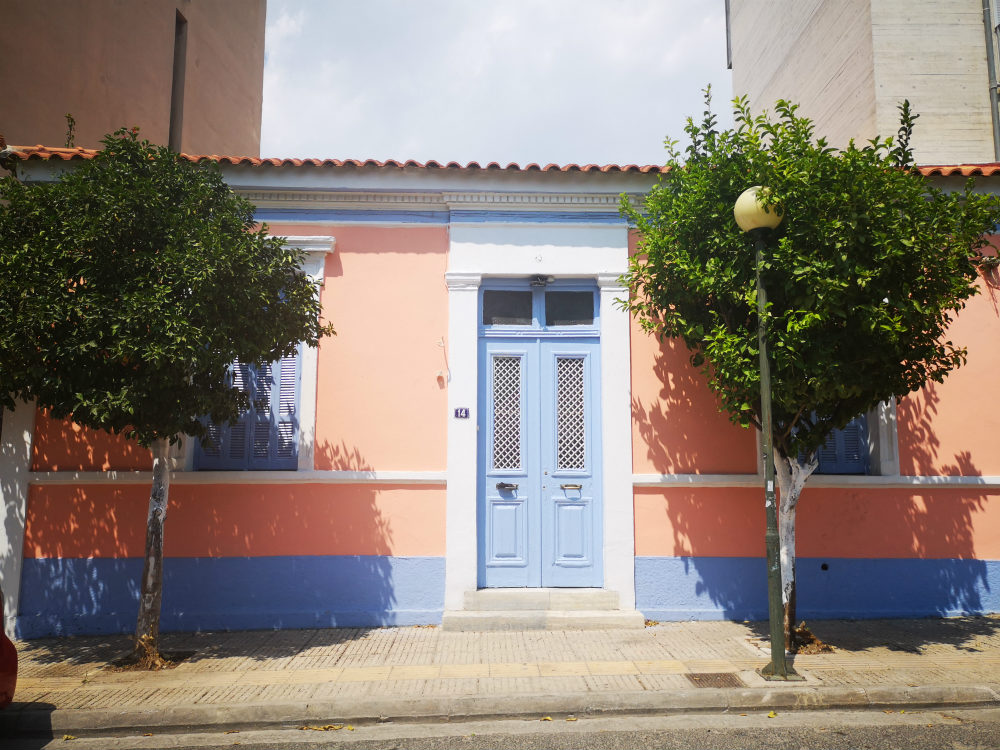
“In any case the mobilisation of civil society is the most decisive factor in those battles,” concludes Frezadou on the importance of public resistance that can significantly impact decision-making. Her advice to people that wish to protect a certain building or stop the construction of high buildings is to previously study the relevant national and international case law. Accordingly, formulate a clear and strong request addressing the responsible public bodies and institutions, mobilise the media, start an AVAAZ petition and follow up your case firmly until you win. “Remember the statement of Mahatma Gandhi: ‘First they ignore you, then they laugh at you, then they fight you, then you win.’”
Frezadou also reflects on the reasons why Athenians tend to make the same mistakes repeatedly, putting pieces of the city’s identity at risk. She describes that, until recently, the continuous political discontinuity through the centuries (wars, occupations, dictatorships), formed a mentality of the so called here and now (εδώ και τώρα). Facing problems fast, innovative and flexible was a survival guide on a personal and collective level.
The decisive and constant fights of some organisations of the civil society like ELLET for the protection of the urban, cultural and natural environment, lead to a slow and stable change of the mental map of the citizens in the last years. In times of globalisation and climate change, active citizens are the key to the inversion of this tendency.
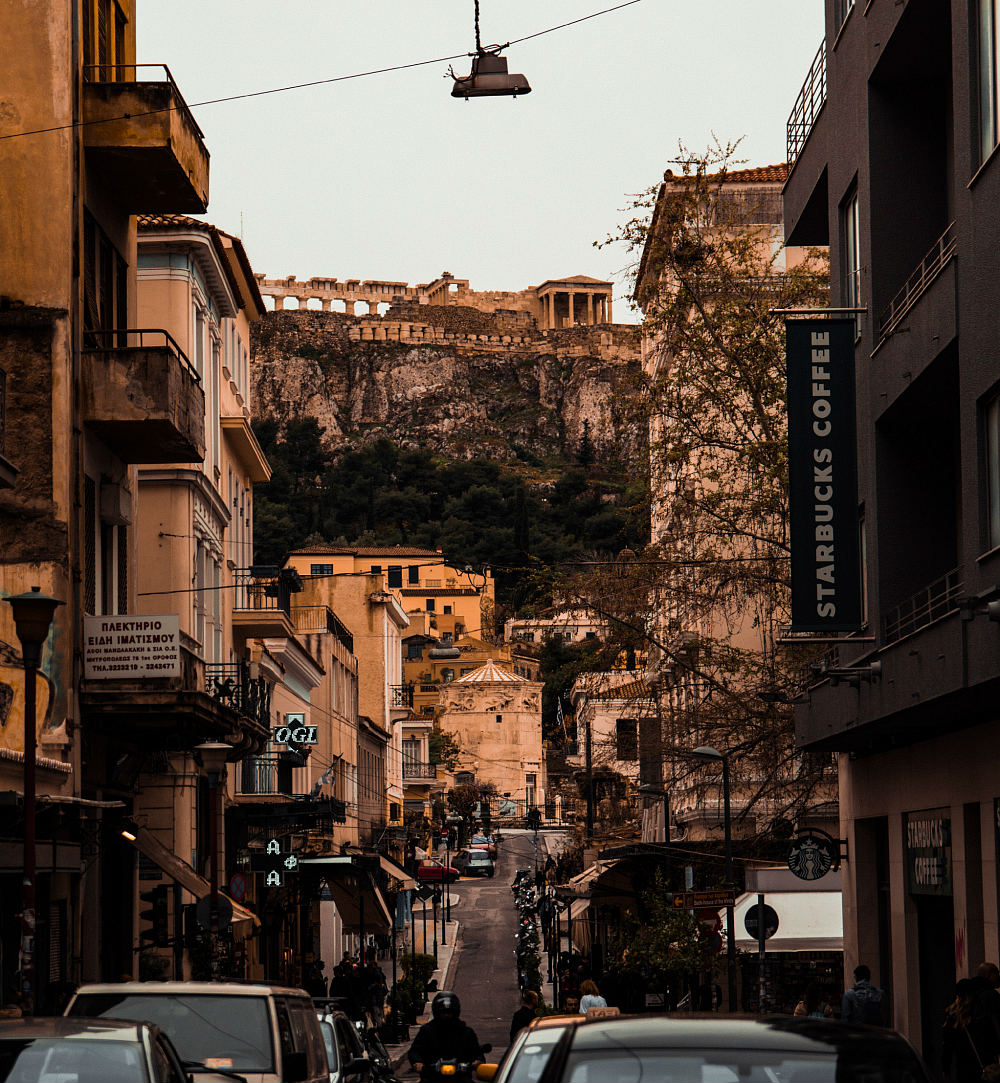
Unfortunately, the construction of the new Acropolis Museum was a catalyst for the violation of existing planning rules in the area of Makriyanni-Acropolis (raise of permitted building heights, among others). The demolition of the two historic buildings would have been a further arbitrary act, since it was not part of the prerequisite facts in the announcement of the relevant architectural competition.
The implementation of the final decision to demolish the two illegal floors of the hotel could set an important precedent to hold law enforcement accountable. Given the complex dynamics of real estate speculation, tourist saturation and density, the fight to keep that democratic view of the Acropolis to all Athenians is not over yet.
